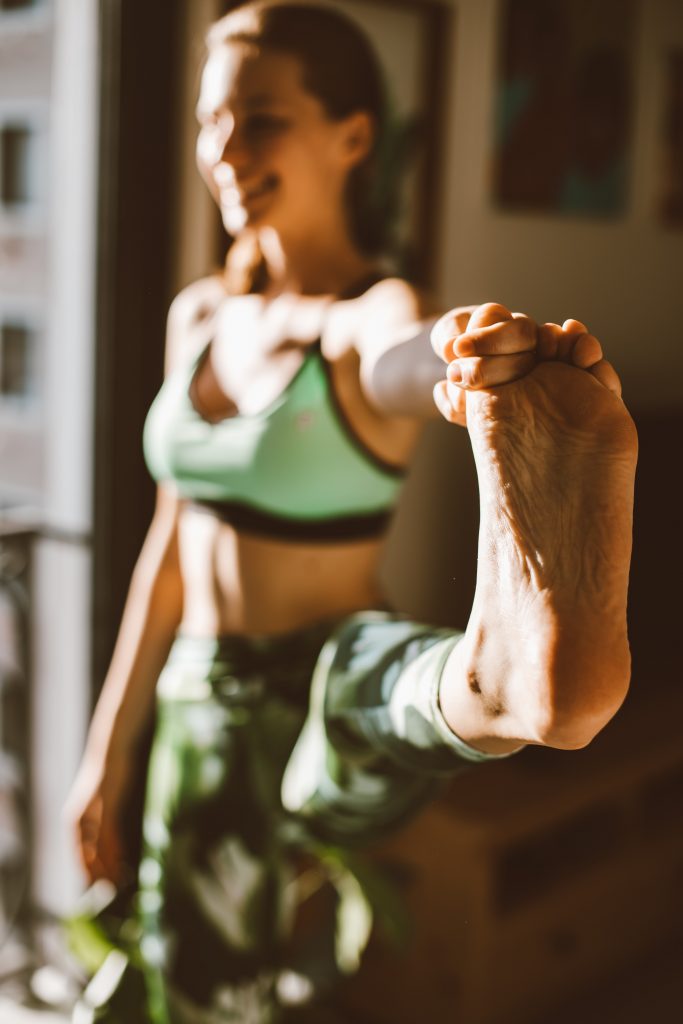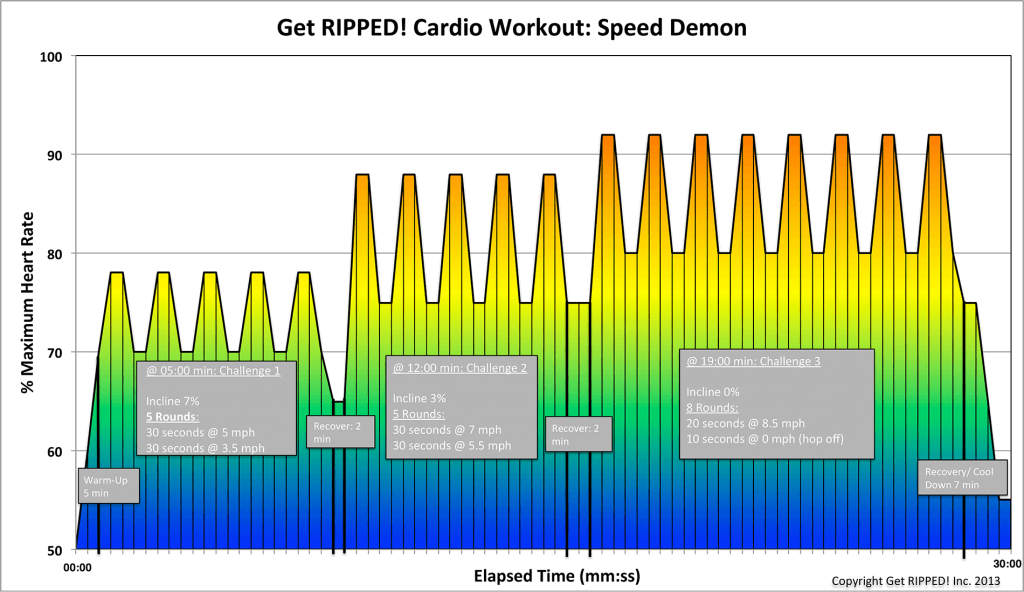Blog, Fitness Tips
Workouts You Can Do With Plantar Fasciitis
People with plantar fasciitis often find workouts exacerbate the pain. While sometimes pushing through the pain is a good thing, in the case of plantar fasciitis, that’s not true. It occurs because of overusing the ligament plantar fascia in the feet and doing repetitive movements. The plantar fascia stretches from the bone in the heel to the base of the toes. While plantar fasciitis can be caused by the wrong type of workout, the good news is that it can be helped by doing the right type.
There are certain activities you should avoid.
High-impact exercises affect the feet the most and make the pain even worse. What are some high-impact exercises to avoid? Start with running. The constant slapping of the feet on the pavement not only is hard on the joints, but also the muscles and ligaments in the feet. Any exercises that include jumping should be avoided. If you want to do a jumping jack, forget the jumping and just do the arm movements.
Instead of running, take a swim.
Exercising in the pool takes the pressure off the feet, since the body is buoyant in water. The water also makes it more difficult to move since it’s denser than air. If you’ve ever tried to run in water, you know how hard it is. If you don’t have a pool close by, try doing cardio workouts seated. Battle ropes, for instance, work your cardiovascular system a lot whether standing or sitting in a chair. Using other types of exercise that involve the upper body, such as a rowing machine, can also be good cardio.
Some exercises can help heal your plantar fascia.
Stretching the foot can help build muscles and reduce inflammation. Simple options like toe curls, done with feet flat on the floor while sitting straight, are quite effective. Wiggling your toes, stretching the big toe with your hands and doing towel pulls can also help stretch and relax the plantar fascia without adding to the injury.
- If you don’t have good shoes, get them and wear them at all times. Even light support from a slipper can help. If you have to buy new shoes, look for ones with good arch support.
- One particularly useful stretch is the plantar fascia stretch. In the sitting position, cross your legs and grasp your toes on the raised leg with your hands. Stretch the toes backward and you’ll feel it in the arch of your foot.
- Release the pressure on the bottom of the foot and transfer it to the knees. Instead of doing butt kicks while standing, get on your hands and knees and do donkey kicks.
- If you’re concerned you aren’t getting enough cardio, make your strength-building a cardio workout. Use lighter weights and alternate the intensity of your movements, or do more reps in less time with shorter breaks.
For more information, contact us today at Get RIPPED! by Jari Love


